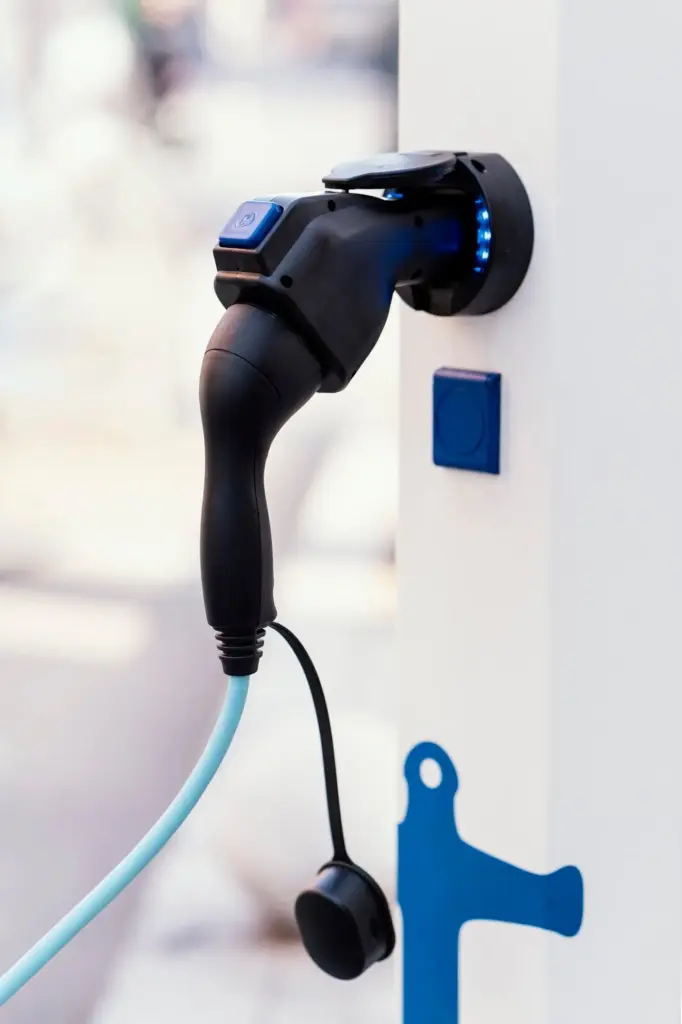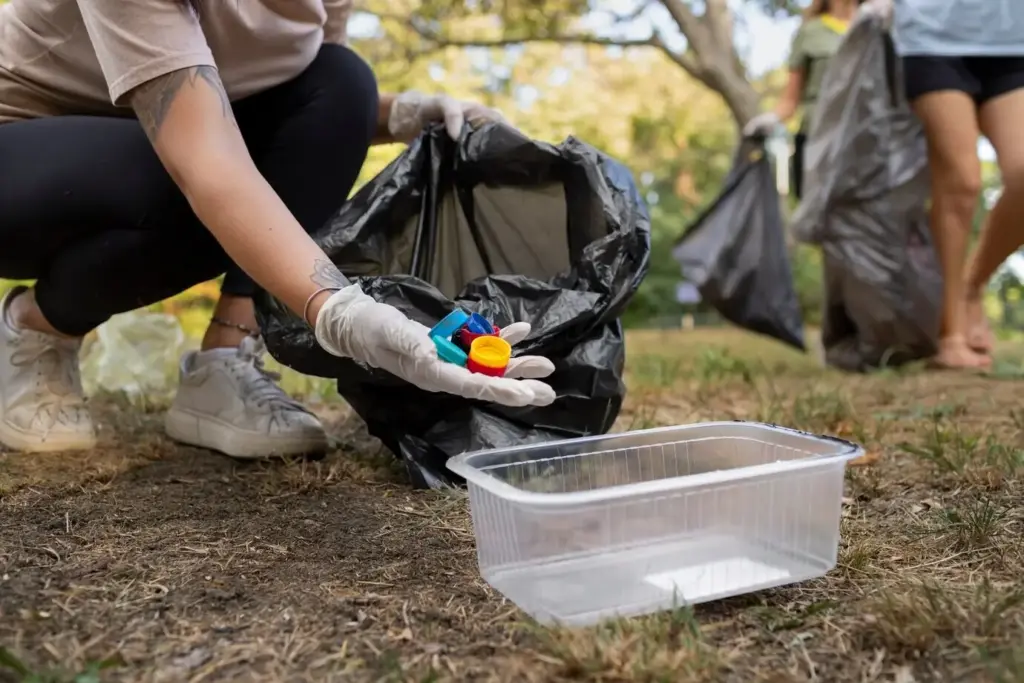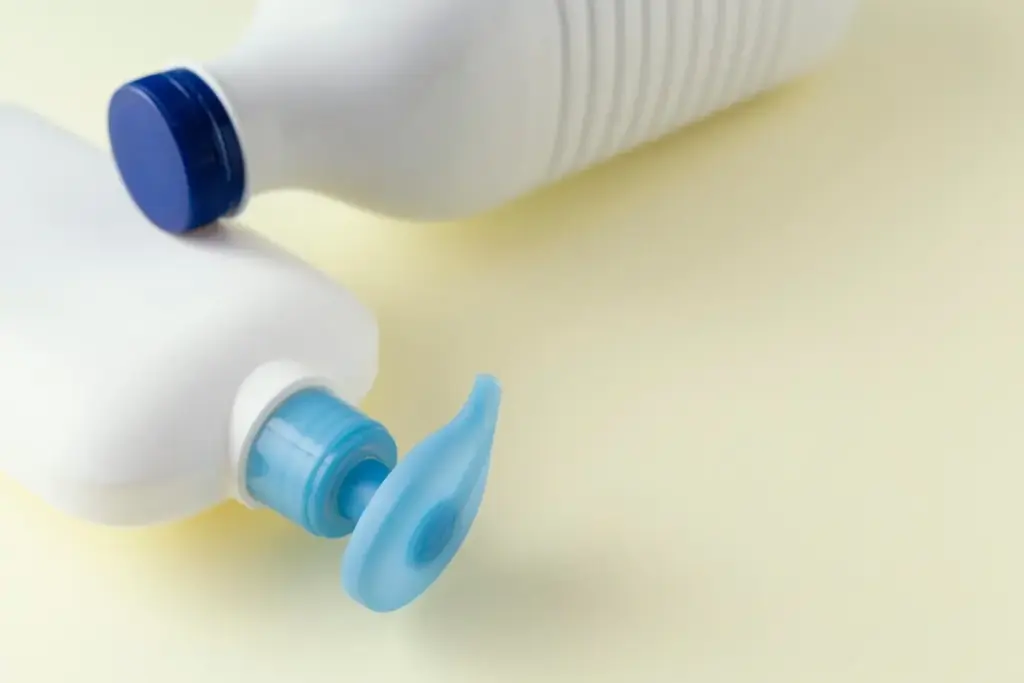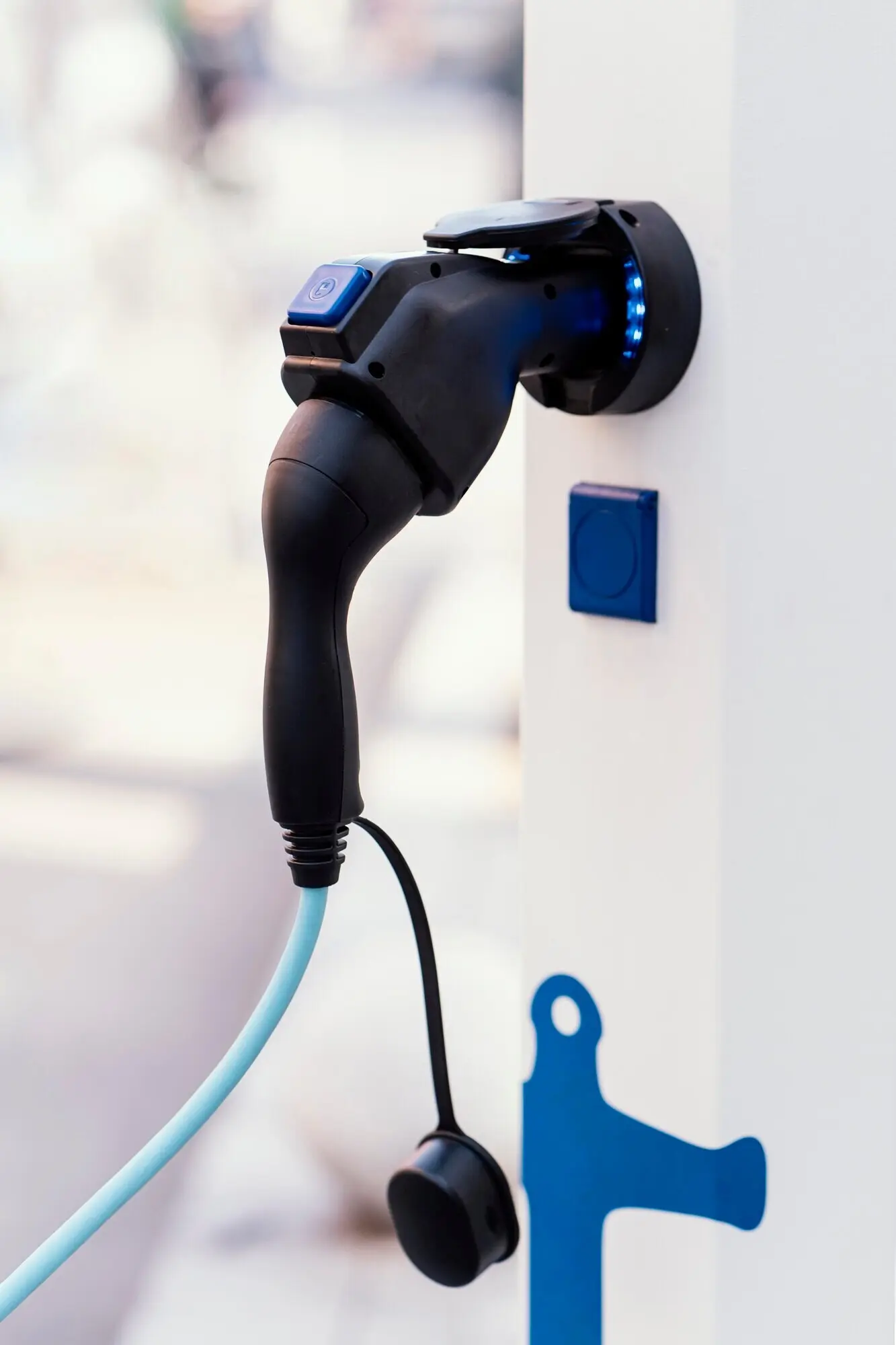Neighbors, Data, and Wild Wonders Right Outside
Why Local Observations Change Lives

From Backyard Birds to Policy Shifts
A fourth‑grade class began tallying sparrows and finches on their playground using a free app. Months later, after adding shade trees and native grasses, their counts doubled, and photos documented nests where litter once blew. That cheerful dataset helped convince a skeptical facilities manager to expand plantings districtwide. The lesson sticks: observation plus patience invites change, and small daily notes can guide budgets more effectively than grand speeches or glossy plans drafted far from the swings.

Air You Can See in the Numbers
Neighbors installed low‑cost PM2.5 sensors near a busy bus corridor and noticed evening spikes aligning with idling patterns. Sharing weekly graphs with transit staff led to adjusted schedules, fresh signage, and an anti‑idling campaign. While community devices are not regulatory instruments, careful placement, comparison to reference sites, and simple corrections made the trends unmistakable. People breathed easier, and children walking home noticed fewer diesel plumes lingering at corners where they once hesitated to cross.

Belonging Through Shared Curiosity
A Saturday insect walk, a balcony plant swap, and a monthly air‑sensor check became rituals where newcomers, elders, and teens traded stories. Someone learned the name of a moth; someone else learned to crimp a weatherproof cable. These moments make care contagious. When people co‑create the process, they defend it with pride, explain it to skeptics, and invite shy neighbors to jot a sighting. Data grows, confidence grows, and the neighborhood feels like a living classroom.
Pick One Habit and One Tool
Care, Consent, and Habitat Respect
Measuring Air Quality Together

Biodiversity Counts Close to Home






Quality, Ethics, and Care for All

Accuracy Without Intimidation
Begin with checklists and photo vouchers so others can confirm identifications. Hold occasional calibration days comparing community sensors with a reference unit or a nearby official station. Encourage notes about wind, construction, or cooking smoke that might skew readings. Teach simple error bars or confidence categories, not obscure statistics. Accuracy grows when learning feels welcoming, not scolding. People return eagerly when mistakes are treated as steps toward clarity rather than reasons to sit out silently.

Care for People and Nonhuman Neighbors
Respect the needs of pollinators, birds, and soil life by minimizing disturbance, especially during nesting or drought. Offer shade, water, and rest to volunteers on hot days, and schedule breaks when air quality worsens. Safety plans—reflective vests, group check‑ins, and shared routes—matter. Caring also means crediting contributions publicly and inviting feedback. When both human and more‑than‑human needs guide choices, projects gain resilience, goodwill, and results that genuinely enhance the places everyone shares each day.

Staying Motivated Through Seasons
Energy dips are natural. Plan for them with rotating roles, off‑season learning nights, and cozy data parties where you annotate photos together. Celebrate anniversaries and quirky milestones—your thousandth observation, a returning monarch, a clean‑air streak after rain. Share gratitude notes widely. When life gets busy, scale down rather than stop entirely. Sustainable pacing beats heroic bursts. Over years, these gentle practices produce richer datasets and friendships that hold strong through storms, heat, and the ordinary hurdles of life.






